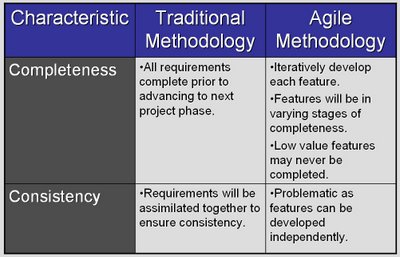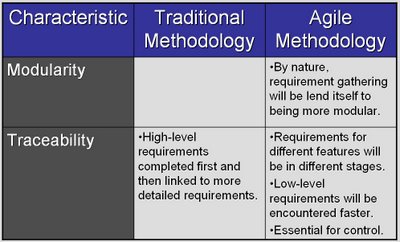Tips for end-user acceptance
Any solution, no matter how well it has been conceived will not be successful unless it is embraced by its intended end-users. Here are some quick tips to help promote acceptance (though I don't guarantee it.)
- Understand how end-users work: Find out why they do the things they do. If you show an interest in them, they will be more comfortable with what you're trying to accomplish.
- Provide opportunities for feedback: This is particularly important when there are user interfaces involved. At regular intervals, let people see the development and direction and be willing to listen to suggestions and feedback.
- Manage change: If something has to change let your customer understand the rationale. "Because it has too..." is not a useful response. If the change is meant to make things better explain how.
- Make it seem familiar: People by nature are resistant to change. Perhaps there is opportunity to gradually phase in changes (smaller changes are easier to digest) or provide an interface that is similar to an existing one.
- Enlist champions: End-users that can teach other end-users are a great way to provide support. It also gives the champions a sense of ownership for the adoption. Early adopters are good individuals to use as champions.
- Teach don't point: When someone asks for help one of the worst things you can do is point them to a manual. Spend time to teach them how it works. Show them they're important.
- Measure & report: If the new solution is meant to improve productivity, show them the gains that have been made over time as the end-users become more familiar and move up the adoption curve. This type of information shouldn't just be provided to the project sponsors and management.
 Projects are usually justified quantitatively based on achieving benefit targets (e.g., gains in efficiency or increases in sales.) Maximum benefits will not be achieved if the end-users do not embrace the solution wholeheartedly.
Projects are usually justified quantitatively based on achieving benefit targets (e.g., gains in efficiency or increases in sales.) Maximum benefits will not be achieved if the end-users do not embrace the solution wholeheartedly.









































